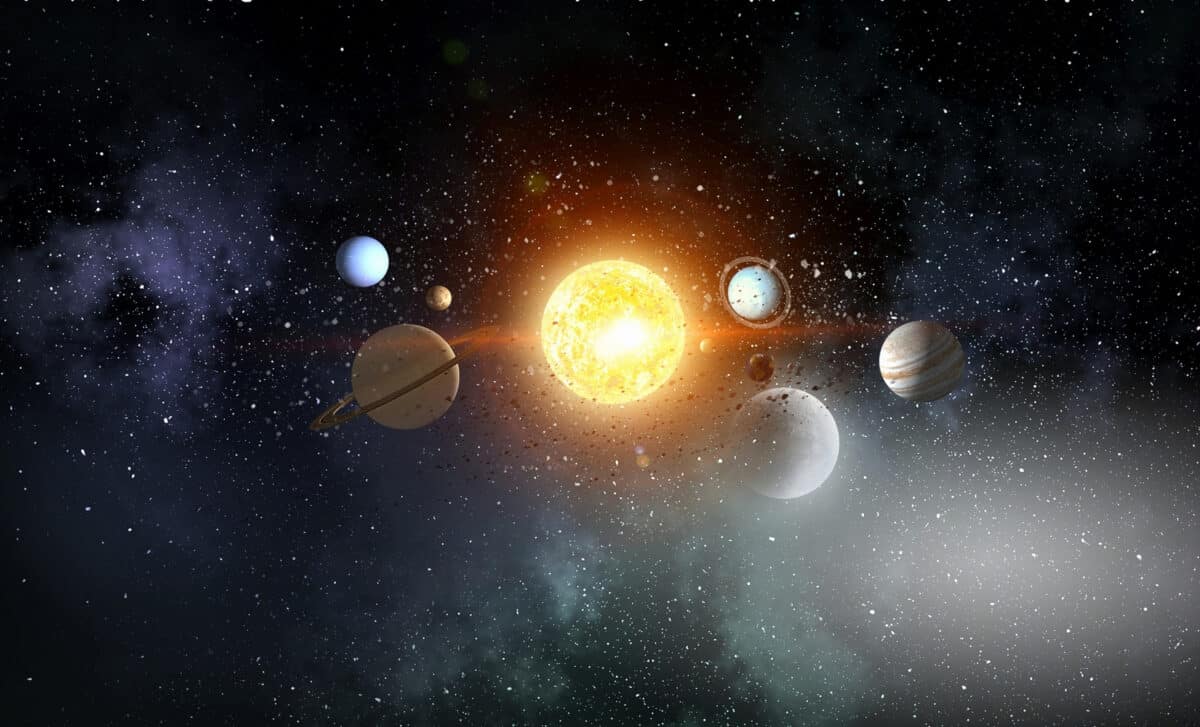Astronomers using the Subaru Telescope at Mauna Kea Observatory in Hawaii have uncovered a previously unknown object in the outer reaches of our solar system. This new discovery, temporarily named Ammonite, could offer valuable insights into the formation and evolution of the solar system.
Located far beyond Neptune, Ammonite is a trans-Neptunian object—one of the rare celestial bodies that orbit at the fringes of our solar system. The discovery is significant not only because of its distant location but also because it offers a glimpse into the primordial state of the solar system, potentially unraveling some of its earliest secrets.
NASA Space Mission Reveals the Sun Like Never Before
Discovery and Confirmation of Ammonite
The first signs of Ammonite came in 2023 when astronomers using the Subaru Telescope detected a slow-moving object in the distant sky. Observations were made in March, May, and August of that year, and additional data from the Canada-France-Hawaii Telescope in July 2024 helped confirm its existence.
The object, now designated 2023 KQ14, had been previously observed in 2005, 2014, and 2021 by other observatories, including the Kitt Peak Observatory. These earlier observations allowed scientists to refine the object’s orbital path.
Named Ammonite because of its resemblance to marine fossils, this object measures between 220 and 380 kilometers in diameter. It marks the fourth discovery of a “sednoid,” a class of distant solar system objects with highly eccentric orbits.
Ammonite‘s orbit is particularly noteworthy for its extreme eccentricity, with its perihelion, or closest point to the Sun, ranging from 50 to 75 astronomical units (AU), and its aphelion, the farthest point, reaching around 252 AU—well beyond the orbit of Neptune, which lies at about 30 AU from the Sun, reports SciencePost.
An Ancient Orbit Shaped by Cosmic Events
The orbital path of Ammonite has remained stable for at least 4.5 billion years, suggesting it has followed a consistent trajectory since the early days of the solar system. The research team pointed out that this object’s orbit has been largely unaffected by the gravitational forces of the giant planets, like Neptune. Yet, simulations of its orbit indicate a significant event approximately 4.2 billion years ago may have altered the trajectories of many such objects in the outer solar system.
Dr. Fumi Yoshida, head of the FOSSIL (Formation of the Outer Solar System: An Icy Legacy) project, noted that objects like Ammonite provide a window into the conditions of the early solar system, offering a snapshot of what the distant reaches might have looked like before the solar system’s current configuration took shape. These objects help astronomers reconstruct the gravitational and physical conditions that influenced the formation of our cosmic neighborhood.
Weakening the “Planet 9” Hypothesis
For years, the discovery of “sednoids” like Ammonite has supported the theory of a hypothetical ninth planet, often referred to as “Planet 9,” which some believe could be responsible for the unusual orbits of objects in the outer solar system.
The idea is that the gravity of this unseen planet might be influencing the paths of distant objects. However, the orbit of Ammonite does not align with that of other sednoids, a finding that weakens the validity of the Planet 9 hypothesis.
Dr. Yukun Huang, from the National Astronomical Observatory of Japan, explained that the difference in Ammonite‘s orbit compared to other sednoids suggests that a massive planet may not be the common influence on these objects. While it’s still possible that such a planet could have existed and been ejected from the solar system, the data now suggest that the gravitational forces at play are more complex than previously thought.
Looking to the Future of Solar System Exploration
The discovery of Ammonite and other similar objects could help scientists understand the processes that shaped the outer solar system. Dr. Shiang-Yu Wang from the ASIAA (Academia Sinica Institute of Astronomy and Astrophysics) emphasized the importance of this discovery, stating that it helps astronomers understand the forces that shaped the distant reaches of the solar system early in its history.
Whether caused by the passage of a nearby star or the hypothetical existence of a now-vanished planet, the discovery of such objects is crucial for piecing together the solar system’s forgotten history.








